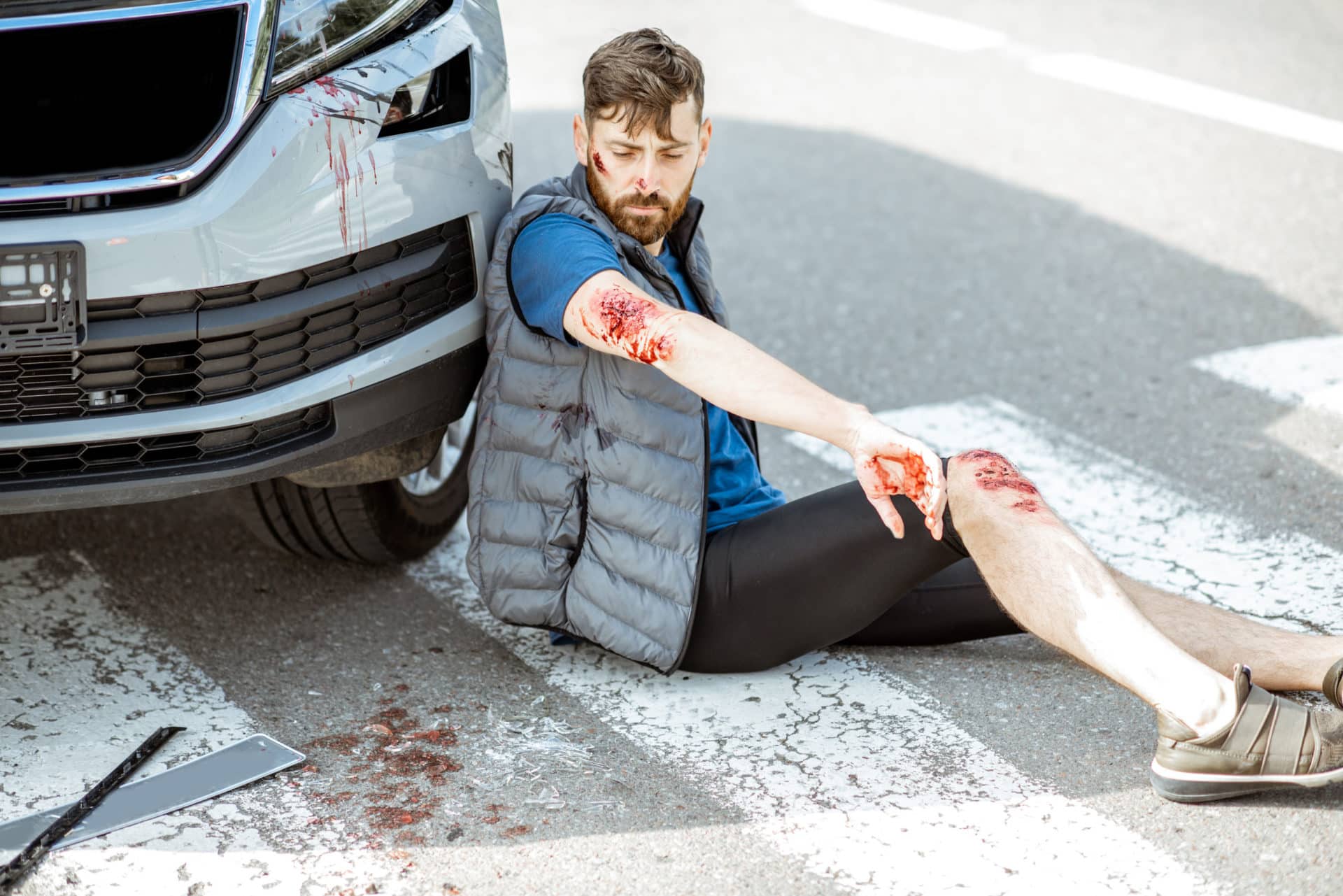Free Consultation
Free Consultation

Automobile accidents are traumatic experiences for everyone involved. With the advances made in automobile safety features, however, those in cars and trucks involved in accidents are safer than ever. Unfortunately, the same cannot be said for pedestrians that are struck by a motor vehicle.
Pedestrians are lacking in safety features to protect them from injury in case of an accident. Often those who are struck by vehicles, if they survive, are left with life-altering, costly, and severe injuries.
Survivors of these accidents try to seek damages to help them pay medical bills and make up for lost wages, but what happens if the person you try to sue for damages dies in the accident that injured you?
This is exactly what happened in the Bronx earlier in 2020. A driver was killed in a crash after they hit a pedestrian in an attempt to flee the scene of the accident. If something similar were to happen to you, what recourse do you have? Here’s what you need to know.
First things first – you must care for yourself immediately after an accident occurs. Seek medical attention as soon as you are able. In the meantime, you should not have any conversations about the details of the accident other than with the police.
Many people who aren’t severely injured in an accident that may feel the need to turn down an ambulance and go to the emergency room. Don’t do this.
Instead, go to the emergency room to ensure you are actually OK and not in shock. Remember, you may have injuries that aren’t readily apparent. Then make sure you get a copy of any medical documentation relating to the accident.
If you refuse medical treatment, then the insurance company of the driver may try to claim that you were not injured in the accident. This will make collecting damages even more difficult down the road.
It’s also important that you never give a statement to the insurance carrier of the driver if your attorney is not present.
Insurance carriers often try to get a statement from the injured party with the ultimate goal of getting a statement that will look unfavorable to your case later. This is one of the reasons why having an attorney on your side to handle the case is so important.
New York abides by no-fault insurance rules. That means that drivers of vehicles are required to have certain coverage for accidents. The driver’s mandatory no-fault insurance should cover a pedestrian up to $50,000 for economic damages.
This coverage is meant to cover things associated with the accident such as the ambulance ride, hospital stay, medical bills, and any treatments needed. The insurance is also meant to cover lost earning up to $2,000 per month.
It will not cover non-economic damages such as permanent disabilities, disfigurement, and pain and suffering. If these are damages that you deserve and need to seek, your next step may be filing a personal injury claim.
The $50,000 allowed by no-fault insurance in New York can go quick when talking about significant injuries and treatments that can be involved when a pedestrian is struck by a car.
When the economic losses of a victim exceed this limit, or if the injury sustained qualifies as a serious injury according to the law, then it’s possible to go outside of the no-fault system in New York to pursue litigation for additional damages, both economic and non-economic.
However, working outside of the no-fault system is complicated and should be done by an experienced attorney, especially if the driver responsible for the accident is deceased.
Death is sometimes an unavoidable consequence of accidents. If you are attempting to recover damages outside of the no-fault system in New York and pursue a claim against a deceased person, then you will have to deal with their estate in court.
What is an estate? It’s the property that someone leaves behind when they die, usually handled by someone appointed before deal called an executor.
Before any damages can be recovered from the estate of a deceased person their estate must first go through the probate process. This is a process where the estate is divided to pay off debts and deliver an inheritance to the beneficiaries designated in the will.
When you pursue a claim against an estate, then you become a creditor that the estate must pay its debt to when a claim is won or settled. Legal representation in cases such as these is as important as ever since it merges two very detailed and complicated areas of law.